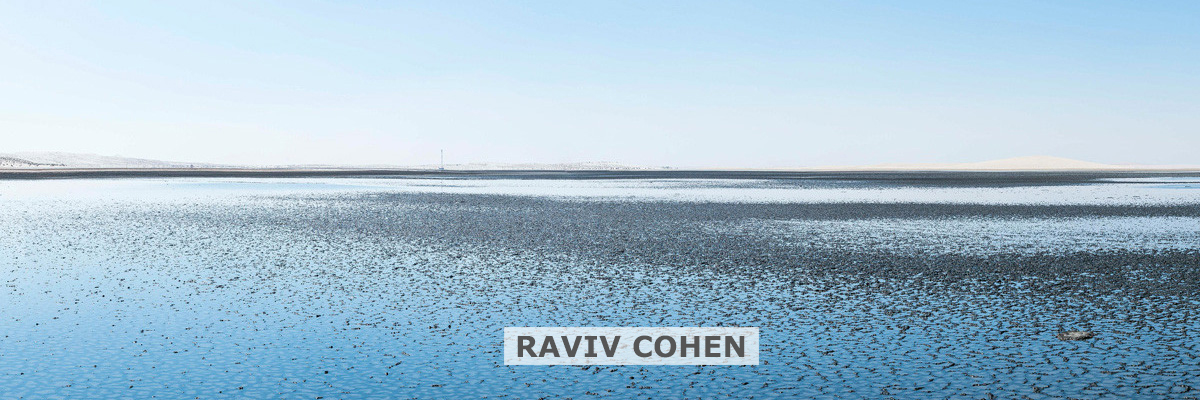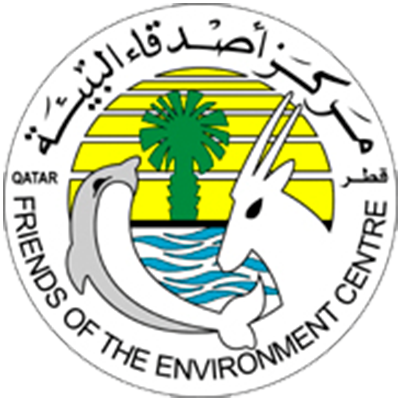
The intertidal, subtidal and beach are the ecosystems that most proximally surround the shoreline. Their physical make-up and appearance depend on the intensity and periodicity of the tidal movement, which in turn is a determinant of the types and sizes of sand and sediment that get moved and deposited. Often, beaches are created in open coasts where coarse sand is deposited upon rocky or sandy substrate, while enclosed or sheltered bays are covered with intertidal and subtidal mud flats.
These are shallow ecosystems, experience daily tidal cycles of hydration/desiccation and intense solar radiance, resulting in increased salinity from high temperatures as well as from water evaporation. The inhabiting organisms are adapted to these drastic fluctuations. Behavioral adaptations to desiccation include burrowing to reach moist sediment in deeper depths, or horizontal migration synced to the tide cycle, moving towards the water as the tide recedes, while moving back towards the shore when the tide rises.
Although imperceivably, microbial mat organisms too, move and position themselves vertically in response to tidal action and other extremes. In cross section, this layering looks like thin stacks of French crepes, splashed with red, pink, orange, and green photosynthetic pigments, and the black scytonemin pigment that acts as a sun screen to protect against the intense solar radiance.
Other organisms commonly found in the tidal zones include crabs, hermit crabs, gastropods, fishes, rays, mussels, birds and algae. The plant community may be composed of mangroves, Salicornia europaea, Suaeda maritima, and Arthrocnemum macrostachyum among others. Sometimes, pockets of seagrass beds are also observed within these zones dominated by the Narrow and Broad Leaf Seagrass species.
Sandy and rocky beaches may be home to ghost crabs, sandhoppers, Gerbils, Sand Geckos, birds and Desert Hares. The plant community may be similar to that of tidal zones, with additional species of Cistanche tubulosa, Tamarix passerinides, Aeluropus lagopoides, and grass Halopyrum mucronatum, the latter three known for their ability to create phytogenic sand dunes by entrapping sand.
Climate change induced phenomena pose a threat to the health of these ecosystems and to the organisms that they support. Coastline development is another threat due to habitat loss.
© A. D. Chatziefthimiou
Sources:
Ghanzanfar SA and Fisher M, 1998
Batanouny KH, 1981
Basson PW et al, 1977
Sorrels CM et al, 2009
Al-Thani R et al, 2014
Sale P et al, 2011







